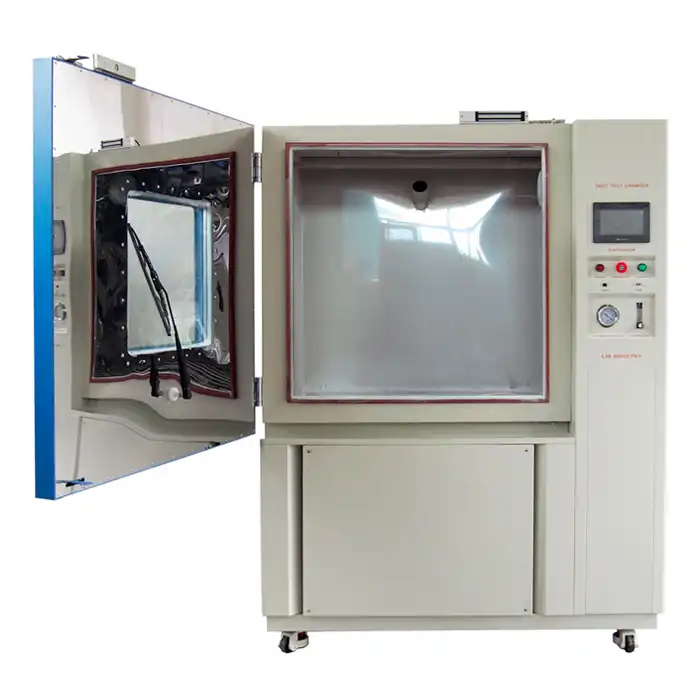What is UV aging test chamber?
In the world of environmental testing, UV aging chambers play a crucial role in assessing the durability and longevity of various materials and products. These specialized chambers simulate the effects of prolonged exposure to ultraviolet (UV) radiation, helping manufacturers ensure their products can withstand the harsh realities of outdoor environments. Let's delve into the intricacies of UV aging test chambers and explore their significance in modern manufacturing processes.
Understanding UV Aging Chambers
The Science Behind UV Radiation
UV radiation is a potent form of electromagnetic energy emitted by the sun. It's responsible for various effects on materials, including fading, discoloration, and degradation of physical properties. UV aging chambers harness this power to accelerate the natural aging process, allowing researchers and manufacturers to evaluate material performance in a controlled setting.
Components of a UV Aging Chamber
A typical UV aging chamber consists of several key components. These include UV lamps that emit specific wavelengths of ultraviolet light, temperature and humidity control systems, and a sample holder or turntable. Advanced models may also incorporate features like programmable cycles, monitoring sensors, and data logging capabilities.
Types of UV Aging Tests
There are various types of UV aging tests, each designed to simulate different environmental conditions. Some common tests include continuous exposure, cyclic exposure (alternating between UV exposure and condensation), and xenon arc testing, which closely mimics natural sunlight. The choice of test depends on the specific requirements of the material or product being evaluated.
Applications of UV Aging Test Chambers
Automotive Industry
In the automotive industry, UV aging chambers are crucial for evaluating the long-term durability of exterior components like paints, coatings, and plastic parts. These chambers simulate the effects of prolonged exposure to sunlight and extreme weather conditions, allowing manufacturers to assess how these materials withstand environmental stressors over time. By conducting UV aging tests, automotive companies can ensure that their vehicles retain their aesthetic appeal and structural integrity throughout their lifespan, ultimately enhancing product quality and customer satisfaction. This rigorous testing helps in developing more resilient materials, crucial for maintaining the performance and longevity of vehicles.
Construction Materials
In the construction industry, UV aging chambers play a vital role in testing the durability of building materials such as roofing shingles, siding, and outdoor paints. These tests replicate prolonged exposure to ultraviolet light and environmental conditions, allowing manufacturers to evaluate how these materials perform over extended periods. By subjecting these materials to simulated sun exposure, manufacturers can identify potential weaknesses and improve product formulations to enhance resilience. This rigorous testing process ensures that construction materials maintain their structural integrity, color stability, and overall performance, contributing to more durable and sustainable building practices that stand up to the rigors of the environment.
Consumer Goods
In the consumer goods sector, UV aging tests are essential for evaluating the durability and performance of a wide range of products, including outdoor furniture, packaging materials, and more. By simulating extended exposure to ultraviolet light, manufacturers can assess how these products withstand sun exposure and environmental conditions over time. This testing process allows for the optimization of materials and formulations, ensuring that products retain their functionality and appearance longer. Consequently, this enhances customer satisfaction by reducing the likelihood of premature product failures and minimizes the environmental impact associated with frequent replacements or disposals, leading to more sustainable consumer goods.
Benefits and Considerations of UV Aging Chambers
Accelerated Testing
UV aging chambers offer a significant advantage by compressing years of natural aging into just days or weeks. This accelerated testing capability enables manufacturers to quickly assess the long-term durability and performance of materials and products under simulated sun exposure and environmental conditions. By fast-tracking the aging process, companies can expedite product development and quality assurance, leading to faster time-to-market for new innovations. This rapid evaluation not only accelerates the development cycle but also helps identify potential issues early, ensuring that products meet quality standards and perform reliably when eventually introduced to the market.
Reproducibility and Consistency
UV aging chambers offer a meticulously controlled environment for testing, which guarantees consistent and reproducible results. This precise control is crucial for evaluating and comparing different materials or formulations under uniform conditions, ensuring that any variations in performance can be attributed to the materials themselves rather than testing inconsistencies. By providing a stable testing environment, these chambers help manufacturers meet stringent industry standards and regulatory requirements. This consistency is vital for validating product durability, ensuring quality across different production batches, and achieving reliable performance metrics that can be trusted for product development and regulatory compliance.
Cost-Effectiveness
Although the initial investment in a UV aging chamber can be significant, the long-term financial benefits generally outweigh the costs. These chambers enable manufacturers to detect potential issues early in the development process, reducing the risk of costly recalls, warranty claims, and product failures once the items are on the market. By identifying and addressing material weaknesses before full-scale production, manufacturers can avoid substantial expenses associated with post-market problems and maintain a strong reputation for quality and reliability. Ultimately, the proactive approach facilitated by UV aging chambers results in cost savings and enhanced customer satisfaction, making them a valuable investment for ensuring long-term success.
Conclusion
UV aging test chambers are indispensable tools in the quest for durable, high-quality products. By simulating the effects of long-term UV exposure, these chambers enable manufacturers to develop materials and products that can withstand the test of time and environmental challenges. As technology advances, we can expect to see even more sophisticated UV aging chambers that provide increasingly accurate simulations of real-world conditions, further enhancing the reliability and longevity of the products we use every day.
If you want to get more information about UV aging test chambers, you can contact us at info@libtestchamber.com.
References
1. Grossman, G. (2018). "Fundamentals of UV-Visible Spectroscopy and Its Applications in Materials Testing."
2. Zhang, L., & Chen, Y. (2019). "Advances in UV Aging Test Methods for Polymeric Materials."
3. Johnson, M. (2020). "The Impact of UV Radiation on Automotive Coatings: A Comprehensive Review."
4. Patel, R., & Smith, K. (2021). "UV Aging Chambers: Design Considerations and Best Practices."
5. Yamamoto, T. (2017). "Correlation Between Natural and Accelerated Weathering: Challenges and Solutions."
6. Brown, A., & Davis, E. (2022). "UV Aging Test Standards: A Global Perspective on Industry Regulations."



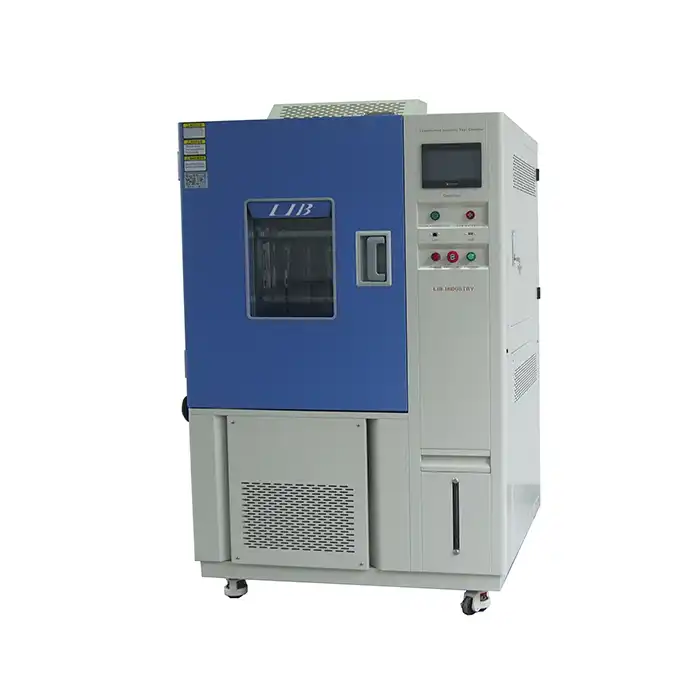
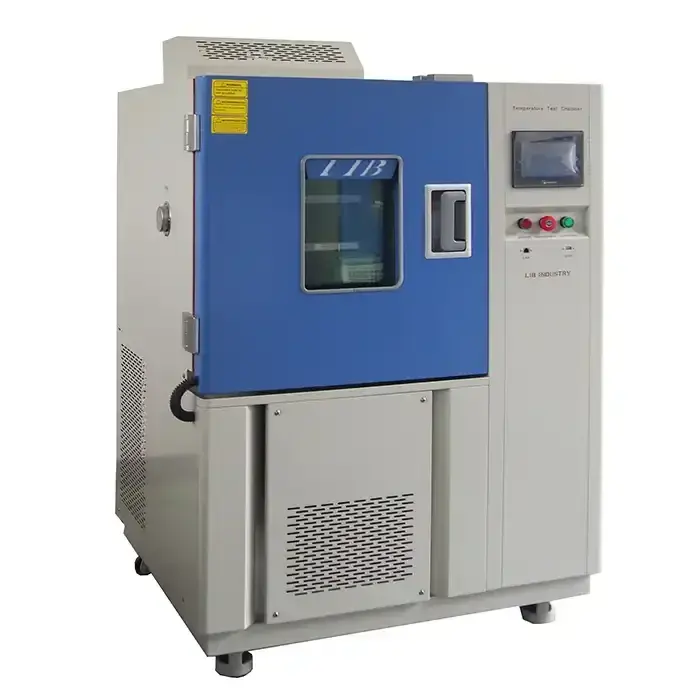
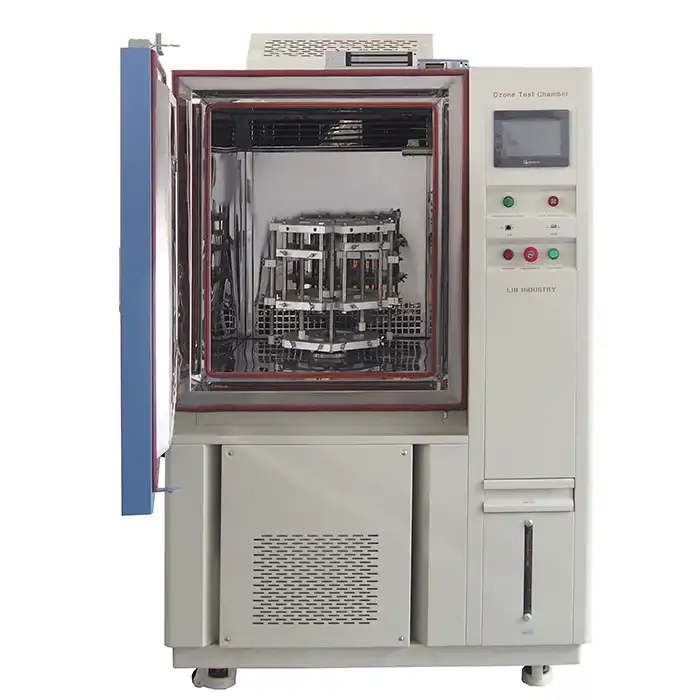
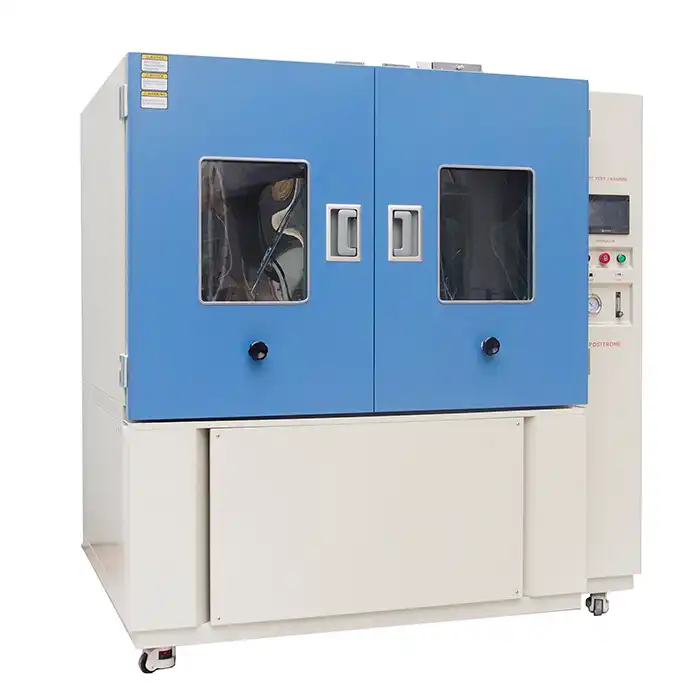
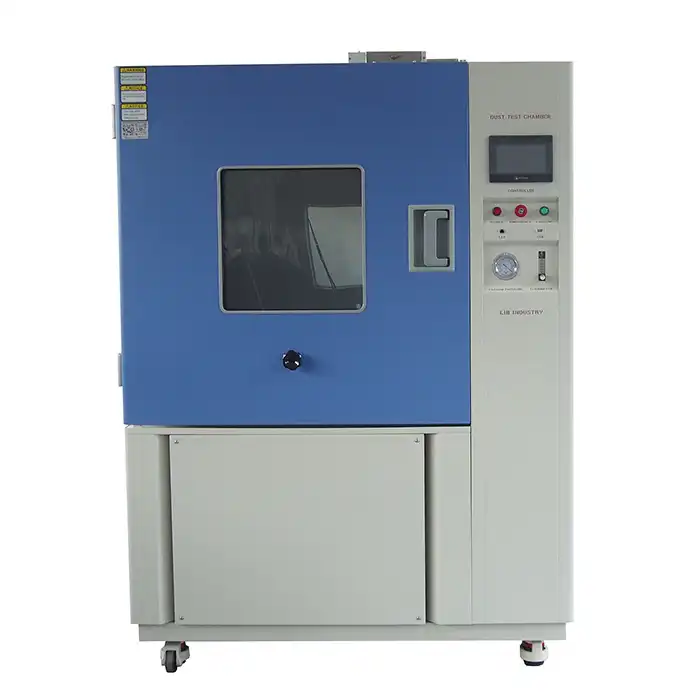
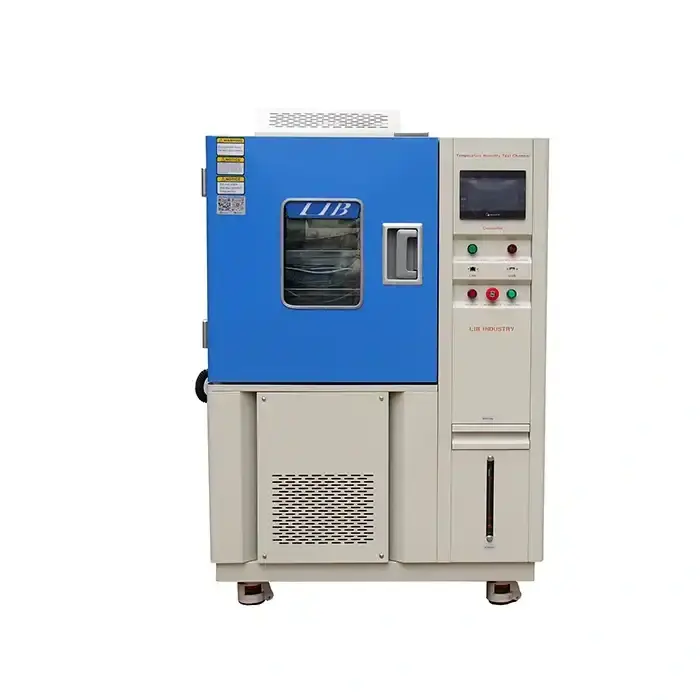
.webp)
